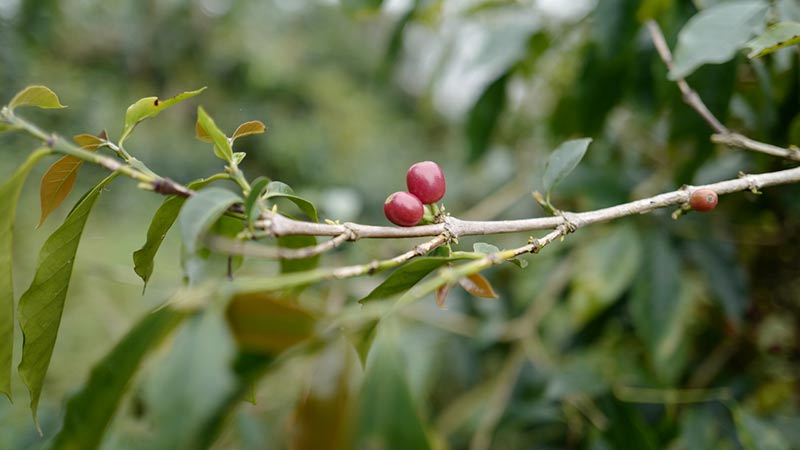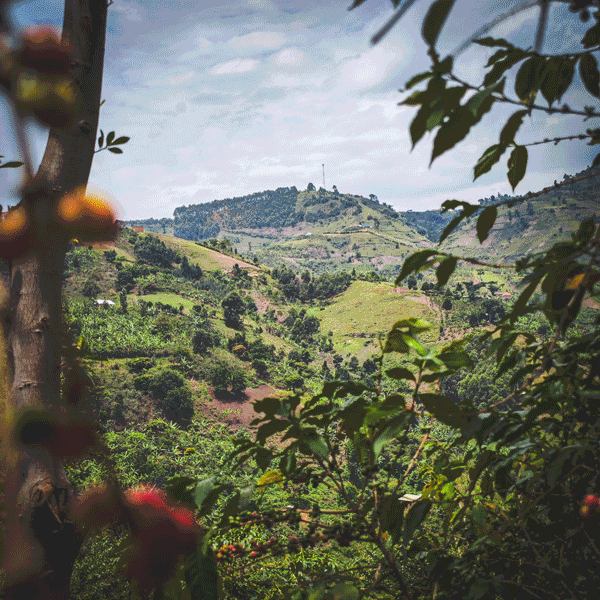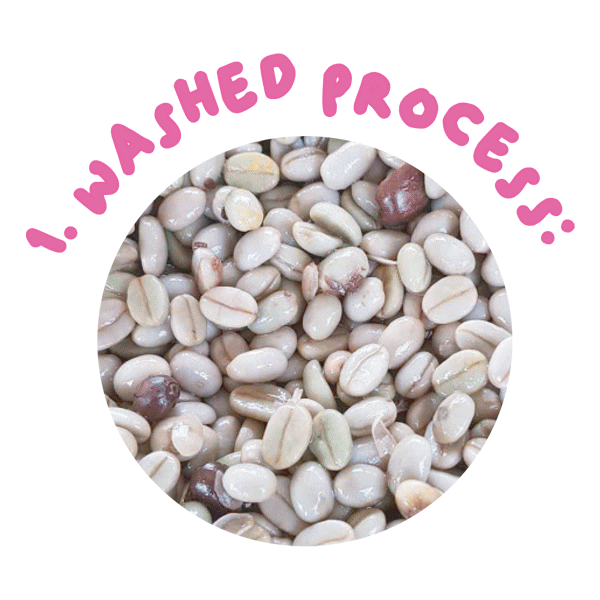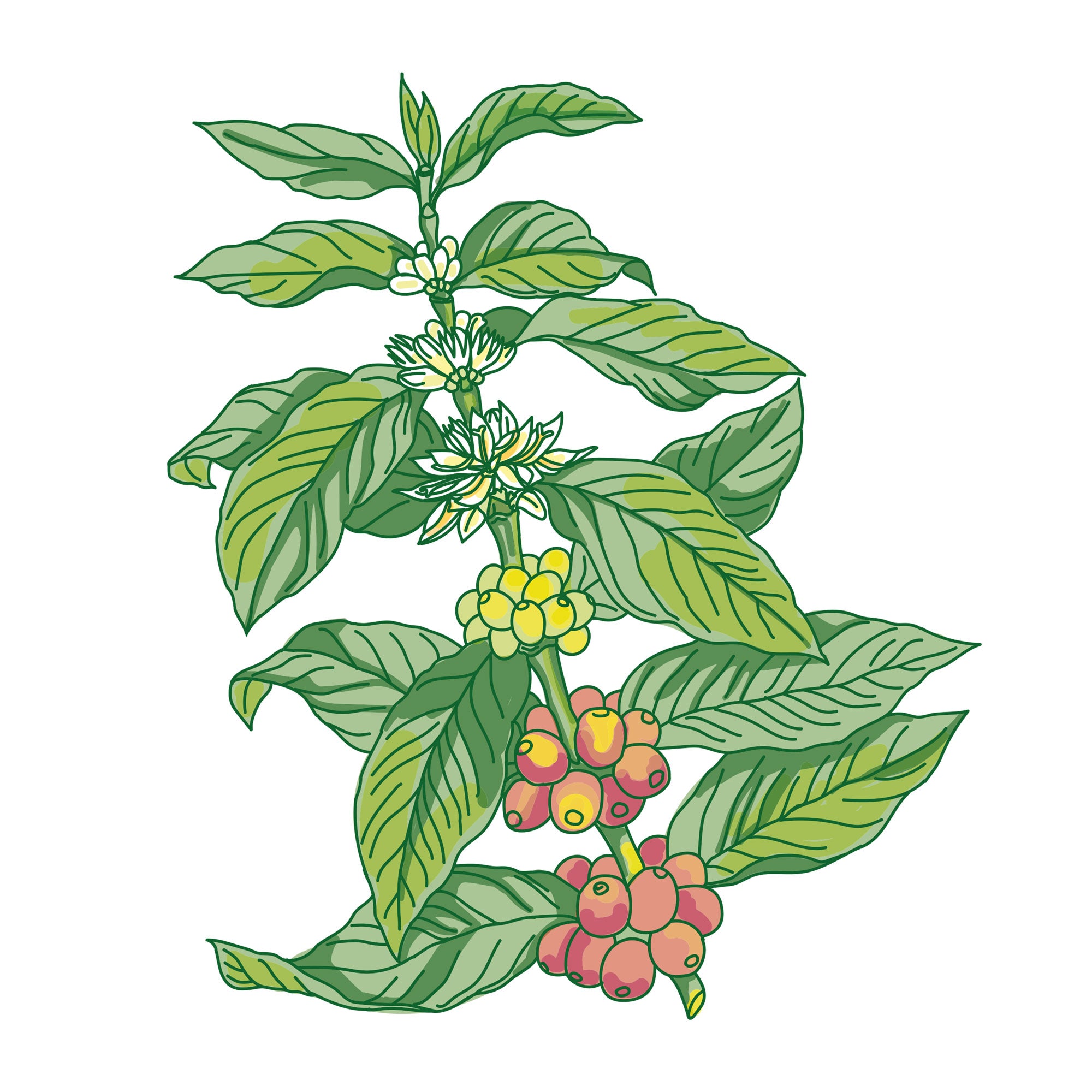JOURNAL | Varieties

There’s a diverse range of coffee species and cultivars available globally. Each variety offers unique characteristics that contribute to the overall flavour, aroma, and experience when enjoying a cup of coffee. There are hundreds of different species identified, but there are even more to be discovered! We could write a book about it, but we only have this email right now, so here are a few:

Arabica is the most widely cultivated coffee species and is valued for its exceptional flavour and aroma. Arabica beans are grown at higher elevations, usually above 2,000 feet, in regions such as Latin America, Africa, and Asia. They have a delicate and nuanced flavour profile, often featuring notes of fruit, chocolate, nuts, and floral undertones. Arabica plants are more susceptible to diseases and require specific growing conditions, making them generally more expensive than other varieties.

The Bourbon variety is named after the island of Bourbon (now Réunion) in the Indian Ocean, where it was first discovered. It is a natural mutation of the Typica variety and is highly regarded for its exceptional cup quality. Bourbon beans are known for their sweetness, complexity, and bright acidity. They often exhibit a range of flavours, including rich caramel, fruity notes like berries and citrus, and sometimes even hints of spice. Bourbon plants require specific growing conditions and are mostly found in regions with a mild climate.


Catuai is a hybrid coffee variety resulting from a cross between Mundo Novo and Caturra. It is widely cultivated in Brazil and other Central American countries. Catuai plants are known for their high yield capacity and resistance to diseases. The coffee made from Catuai beans typically displays a medium body, moderate acidity, and a range of flavours including caramel, nuts, milk chocolate, and some fruity undertones.

Caturra is a mutation of the Bourbon variety and is recognised for its shorter stature, making it easier to cultivate and harvest. It was developed in Brazil in the early 20th century but quickly gained popularity in various coffee-growing regions. Caturra beans have a medium body and often feature delicate acidity with flavours of citrus, chocolate, and stone fruits. This variety is valued for its earlier maturation, higher yield potential, and cup quality comparable to Bourbon.




Pacamara is a hybrid variety developed in El Salvador by crossing Pacas and Maragogype varieties. It is known for its large bean size and produces a complex and well-balanced cup. Pacamara coffee often features a medium to full body, rich sweetness, bright acidity, and flavours of dark chocolate, red fruits, and hints of spice.









